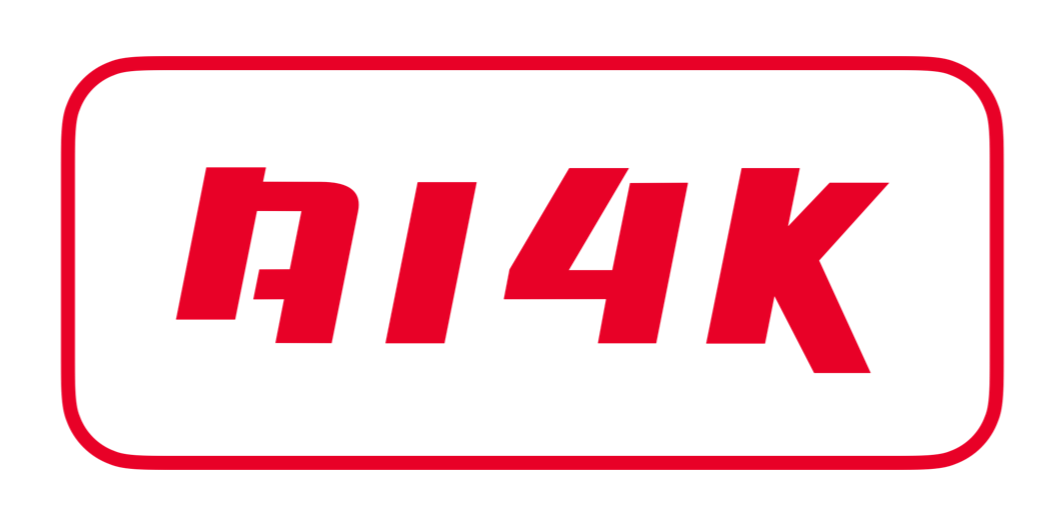How can I use ChatGPT to make money?
There are several ways you can leverage ChatGPT to generate income, depending on your skills, interests, and business model. Here’s a list of potential ways to monetize ChatGPT:
Freelance Writing and Content Creation
Description: Use ChatGPT to assist in writing articles, blog posts, social media content, and newsletters for clients. You can offer content creation services on platforms like Upwork, Fiverr, or directly to businesses.
How to Start: Create a portfolio showcasing content generated with ChatGPT. Market your services to businesses, bloggers, or content agencies.
Social Media Management
Description: Offer social media management services, using ChatGPT to create posts, captions, and engagement strategies. This can help businesses maintain a consistent online presence without dedicating extensive resources.
How to Start: Use ChatGPT to craft social media calendars and post templates. Reach out to small businesses or individuals who need help with social media.
SEO and Copywriting Services
Description: Provide SEO services by using ChatGPT to generate keyword-rich content, meta descriptions, and ad copy. High-quality content is essential for businesses looking to improve their search engine rankings.
How to Start: Develop a basic understanding of SEO. Use ChatGPT to optimize web content and offer these services to businesses, especially those with an online presence.
Creating and Selling Digital Products
Description: Develop digital products like e-books, online courses, or templates using ChatGPT. These can cover topics you’re knowledgeable about or areas where there is market demand.
How to Start: Use ChatGPT to generate content for an e-book or course, format it, and sell it on platforms like Amazon, Gumroad, or your own website.
Virtual Assistant Services
Description: Offer virtual assistant services, where ChatGPT can assist with tasks such as email drafting, scheduling, and customer service responses.
How to Start: Advertise your virtual assistant services on freelancing platforms or by contacting businesses directly. Use ChatGPT to increase efficiency and handle multiple clients.
Consulting and Coaching
Description: Use ChatGPT to provide insights and advice in areas like business development, marketing strategies, or personal finance. You can sell this as consulting services or create content to support your coaching programs.
How to Start: Establish your expertise in a particular area. Use ChatGPT to generate materials for coaching sessions, such as action plans or educational content.
Creating Niche Websites
Description: Build niche websites that focus on specific topics or industries. Use ChatGPT to generate high-quality content for the site, driving traffic that can be monetized through ads, affiliate marketing, or selling products.
How to Start: Identify a profitable niche, create a website, and consistently post content generated by ChatGPT. Monetize through Google AdSense, affiliate programs, or selling digital products.
Affiliate Marketing
Description: Use ChatGPT to create content that promotes affiliate products. This could include blog posts, product reviews, or social media posts that contain affiliate links.
How to Start: Sign up for affiliate programs relevant to your niche. Use ChatGPT to write persuasive content that encourages purchases through your affiliate links.
Writing and Selling E-Books
Description: Write e-books on popular or niche topics using ChatGPT, then sell them on platforms like Amazon Kindle or your own website.
How to Start: Identify a topic with market demand, use ChatGPT to generate content, and format it into an e-book. Market and sell the e-book online.
Developing Chatbots for Businesses
Description: Build and customize chatbots for businesses using ChatGPT to handle customer inquiries, provide support, and assist with sales.
How to Start: Learn how to integrate ChatGPT into chatbot frameworks. Offer your chatbot development services to businesses looking to improve customer interaction on their websites.
Custom Content for Online Courses
Description: Develop and sell online courses on platforms like Udemy or Teachable. Use ChatGPT to generate course content, such as lessons, quizzes, and study guides.
How to Start: Choose a subject you’re knowledgeable about, use ChatGPT to create course materials, and list your course on popular e-learning platforms.
Transcription and Summarization Services
Description: Offer transcription or summarization services for meetings, webinars, or podcasts. ChatGPT can help transcribe and summarize content quickly.
How to Start: Market your transcription services on freelancing platforms or directly to businesses that need regular transcription work.
Blogging with Monetization
Description: Start a blog on a topic you’re passionate about, and use ChatGPT to generate regular content. Monetize through ads, sponsored posts, and affiliate marketing.
How to Start: Launch a blog, consistently post high-quality content, and apply for ad networks or affiliate programs.
Website and Landing Page Copywriting
Description: Create compelling website copy, landing pages, and sales funnels for businesses using ChatGPT. Good copy is essential for converting visitors into customers.
How to Start: Build a portfolio showcasing your copywriting skills. Offer your services to businesses looking to improve their website or launch new products.
Freelance Translation Services
Description: Use ChatGPT to assist with translating documents, websites, or content between different languages, providing translation services to clients.
How to Start: Advertise your translation services on freelance platforms, emphasizing your ability to handle various languages with the help of AI.
Developing Apps or Tools
Description: Create apps or tools that leverage ChatGPT for specific purposes, like content generation, language learning, or customer support.
How to Start: Collaborate with developers to create an app or tool using ChatGPT’s capabilities. Sell the app or offer it as a subscription service.
Offering Research and Analysis Services
Description: Use ChatGPT to conduct market research, summarize reports, or analyze data for businesses or individuals needing in-depth insights.
How to Start: Offer research services to companies, using ChatGPT to handle the data collection and analysis portions of the work.
Crafting Personalized Learning Plans
Description: Design customized learning plans for students or professionals, using ChatGPT to generate study materials, quizzes, and learning paths.
How to Start: Promote your services to students, parents, or professionals looking to enhance their skills or knowledge in a particular field.
Speechwriting and Presentation Development
Description: Offer speechwriting services for events, conferences, or public speaking engagements. Use ChatGPT to draft speeches and develop presentation content.
How to Start: Build a portfolio of speeches or presentations you’ve created. Market your services to professionals and organizations.
Creating Subscription-Based Newsletters
Description: Start a subscription-based newsletter focused on a niche topic. Use ChatGPT to generate high-quality content that keeps subscribers engaged.
How to Start: Choose a niche, build a subscriber base, and use platforms like Substack or Patreon to offer premium content for a subscription fee.
By applying these strategies, you can effectively utilize ChatGPT to create a steady stream of income, either by offering services directly to clients or by creating and selling products and content.





